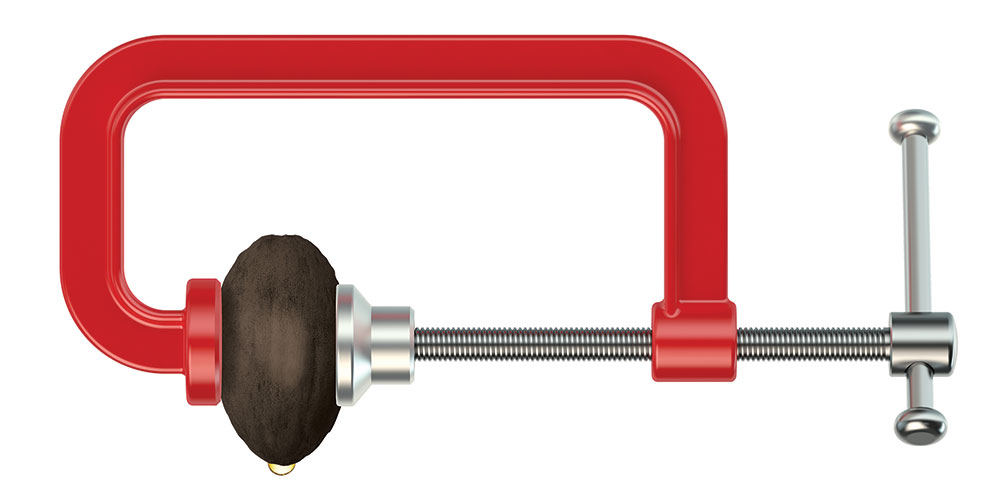Have you ever wondered how we get canola oil from the seeds?
It starts with a seed (or a few billion)
Canola seed arrives fresh from the farm to the crushing facility.
Sift it clean
The canola seed is sifted to remove any plant bits or weed seeds that came along for the ride.
Heat them up, roll them out
The seed is heated just enough to soften and machine-roll with precision, aka flaked, into just the right thickness to crush open the seed coat and make it easier to access the oil.
Turn up the heat
The flaked canola enters a series of cookers. This additional heat opens up more of the raw seed cell structure and optimizes the canola for the big squeeze.
Squeeeeeze
The cooked canola flakes enter a series of presses to remove as much of the oil as possible. The remaining mash is called presscake. Each seed is approximately 44 per cent oil and we want as much as we can get!
Every last drop
To remove as much oil as possible from the presscake, one final extraction is often used. This step maximizes the total amount of oil harvested. In this method, a solvent percolates through the presscake to release even more oil from the squeezed seeds. After filtration, the mixture spins through a centrifuge to separate the oil, solvent and solids, and ends with steam distillation. Like oil and water, the liquids’ differing densities creates a clear separation and allows for capture of the last quantity of canola oil. Science is cool.
Nature-made filter at its finest
The canola oil we love to use is clear to light yellow, neutral in aroma and taste and it’s thanks to filters like diatomaceous Earth and steam. Yup, that’s right, a natural filtration clay and steam helps to remove any sediment or plant fragrance from the final product. At this point the canola oil is ready for packaging.
Nothing wasted
Now that we have bottled up all that canola oil goodness, nothing goes to waste. The remaining product is canola meal, a protein source used in animal feed. The meal is toasted, cooled, dried and granulated. It’s sold as either pellets or as a mash. DYK: dairy farmers love canola meal.
It has been proven to increase milk production by 1L per cow per day. That’s canola-Mazing!
Canadian canola oil is quality
Canola oil processing is carefully monitored at every step to ensure quality. Global customers continue to purchase from Canada because we are known for the best quality product from farm through packaging.
Choose your own finish
Customers like to have choice and a small part of Canadian canola takes a slightly different processing path.
Double press or expeller press: the seed is pressed a second time to extract oil.
Cold press: the seed is not heated and only pressed. It’s done slowly to limit friction and avoid elevating temperatures.
Both options produce canola oil with a brighter colour, bolder taste and distinct aroma. The resulting canola meal has higher oil content which equals more energy.
Reference: https://www.canolacouncil.org/about-canola/processing





